Have you just fixed a radiator in your bathroom and are wondering whether to use thermostatic valves for the radiator? Are you asking whether the thermostatic valve is the best valve to use for bathroom radiators? Then, you’ve come to the right place.
Bathroom radiators should not have thermostatic valves because it does not work best in the bathroom or showering space. The heat from when you are showering or taking your bath can shut down the thermostatic radiator valve. Even if you turn the thermostatic valve up to the top temperature, the heat coming from the showering will still shut it down.
Having a valve in your radiator or a heated towel rail is very important because of the immense function it performs on the radiator. The valve will ensure that the flow of water through the pipes is controlled to enable your radiator to heat up properly and efficiently. The heat from the radiator will keep your bathroom nice, comfortable, and warm. Generally, you need a radiator valve to enable the radiator to work properly.
However, since thermostatic valves are not suitable for the bathroom, you can use several other valves for your bathroom radiator. Before we discuss that, let’s have an indebted examination about thermostatic radiator valves and why we should not use it in the bathroom.
What are Thermostatic Radiator Valves
Thermostatic radiator valves are one of the standard valves used by many people. In the UK, most people make use of thermostatic valves for their room radiators. It is available in straight and angled designs to give you the best look you so desire. Let’s discuss some of the thermostatic radiator valve functions that made it outstanding amongst every other radiator valves.
Functions of Thermostatic Radiator Valves
- Thermostatic valves adapt the heat output of the radiator by measuring the temperature in the room. After measuring the room temperature and realized that the room had reached its desired heating level, the thermostatic valve will close by itself. The closing will stop the flow of water and prevent the radiator from getting hotter. This is very good as it will ensure your room is not heated up too much.
- Another function the thermostatic valve does is save much energy by reducing the energy consumption and energy bills, unlike the manual type of radiator valves. You may on the radiator valves and forget to turn them off before leaving the house. It will not only heat your bathroom nonstop; it will accumulate more energy bills for you.
- However, with thermostatic valves, the reverse is the case. Anytime the heating reaches the desired level, the valve will close itself, thereby preventing the flow of water and prevent the radiator from getting any hotter. This will, in turn, saves much energy bill for you.
- Thermostatic radiator valves enable you to individually heat up rooms, which means that with thermostatic valves you can heat up a frequently visited room at a higher temperature than a room that is not frequently used.
Should Bathroom Radiators have Thermostatic Valves?
Despite the mind-blowing functions of thermostatic valves that made them the best to use, thermostatic valves cannot be used in the Bathroom. Do not make the mistake of having thermostatic valves in bathroom radiators as it will not function effectively. You don’t want to be struggling with your bathroom radiator simply because you made the wrong choice.
As reiterated earlier, if you mistakenly use thermostatic radiator valves for your bathroom, the heat coming out anytime you take your bath will turn it off, not minding the temperature level you fixed it. Except you will always turn the radiator on and off before you start showering.
The question is, will following this routine serves the purpose at which you fixed the radiator in your Bathroom in the first place? Is it not better to make use of other radiator valves that work best in the Bathroom?
The thermostatic radiator valves automatically shut down when the heat in the Bathroom interrupts because thermostatic valves cannot be used for a radiator in a room where there is a wall-mounted thermostat. If you do so, the two thermostats will start fighting with each other to increase or decrease the level of heat needed to warm the room.
For bathrooms where there is no wall-mounted thermostat to struggle with, the heat from when you shower or take your bath will do the job. It will shut it off and will not give you the maximum satisfaction you so desire.
First of all, don’t use thermostatic radiator valves in the Bathroom and if you want to use them in your room, make sure there is no other thermostat to avoid getting dissatisfied.
Radiator Valves Suitable for Bathroom
Since thermostatic valves are not suitable for bathroom radiators, you can use other radiator valves such as the angled, straight, or H-Block valves, etc. Meanwhile, choosing a valve for your bathroom radiator depends on where your pipework comes from. Some pipework comes up from the floor while others come out of the wall, etc.
If you are in the UK, most radiators used in the UK mostly have bottom opposite end connections (BOE), enabling the water to go into and comes out of the radiator at the bottom and either end.
Manual Radiator Valves
Notwithstanding, you can use manual radiator valves for your bathroom. It is the most common radiator valves used in the bathroom and works more like the tap works. You can use it to heat your bathroom by turning it on to allow water to pass into your radiator. When the bathroom heats to your desired taste, you can turn it off.
One disadvantage of using manual radiator valves is that you will always be the one to turn it on and off anytime you want to use it and after using it. When you finish using it and forgets to turn it off, and went out. It will not stop by itself, meaning that it will continue to work until you return and turn it off. This can accumulate so many energy bills for you if you are not conscious of it.
Meanwhile, the advantage of using a manual radiator valve in the bathroom is it is very simple to use. You don’t need to buy something that will be difficult for you to maintain. In other words, you have to get the best radiator valves to satisfy your desire.
It is pertinent to note that manual radiator valves are available in both straights and angled designs with most contemporary and traditional designs just like thermostatic valves.
Angled Radiator Valves
To use angled radiator valves in your bathroom, make sure that your pipework comes out of the wall or below the fireboards. With the angled radiator pipes, you can fit your pipes into the radiator inlet connections. In the UK, angled radiator valves are more common. What they do is to connect your bathroom radiator to your central heating pipes at an angle (around 90 degrees)
Straight Radiator Valves
It is called straight radiator valves because when connected to your radiator, the water is not directed, diverted, or distributed at any angle when flowing. It just flows straight. There is no bend or curves with this type of radiator valves.
Meanwhile, it is usually connected horizontally from the floor. To do this, the pipework must have to run along the wall and directly into the radiator without any curve or bend. Also, if your pipework comes straight up and out of your bathroom floor, using straight radiator valves is best to ensure your heating works efficiently.
H-Block Radiator Valves
One advantage of using H-Block radiator valves is that it will minimize the impact your heated towel rails have by leaving some space on the appliance side. This type of valves is best used with central or middle connection radiators to minimize the impact your heated towel rails have.
Another advantage of using H-Block radiator valves is that it is simple to install. It is also very easy to remove and replace than other valves.
Conclusion
Thermostatic radiator valves are the best valves to use but not the best for the bathroom. For this reason, you are advised never to use it for your bathroom as it may not give you the exact satisfaction you desire from the radiator. You can make use of any radiator valves mentioned above. Most importantly, when buying bathroom radiator valves, ensure to alert the seller where you intend to fix the valves to. This will help you to buy a suitable valve for your bathroom
radiator heat or heated towel rails.

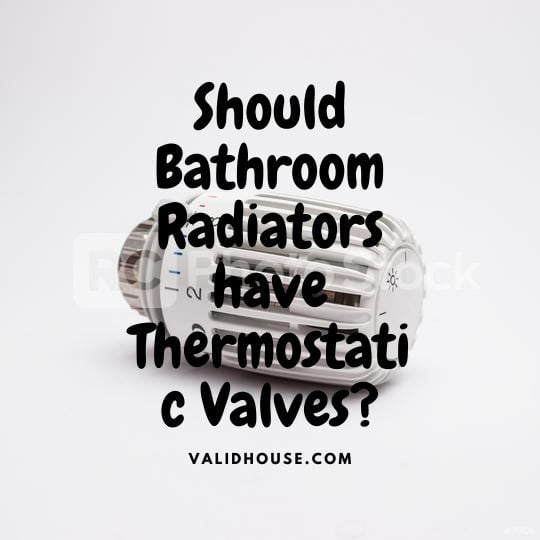
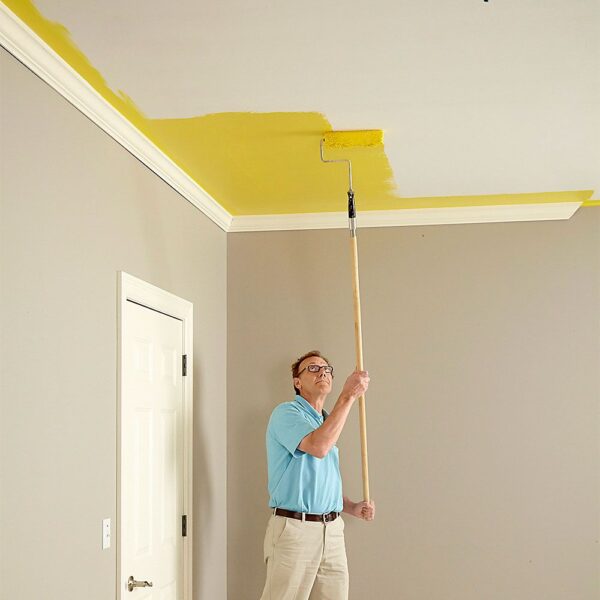
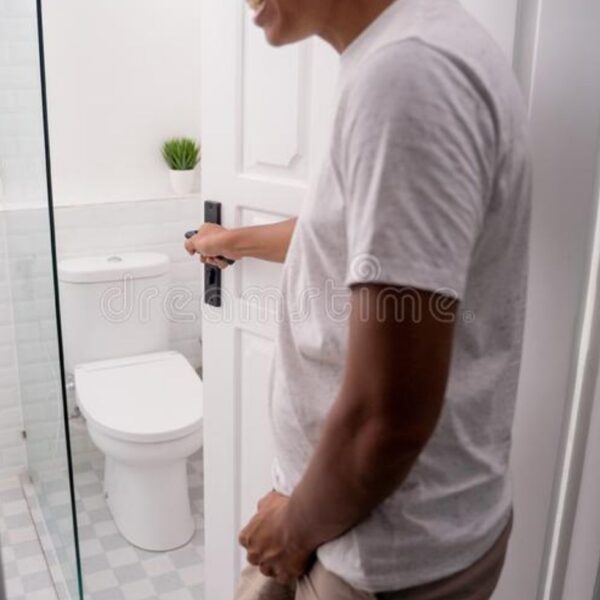

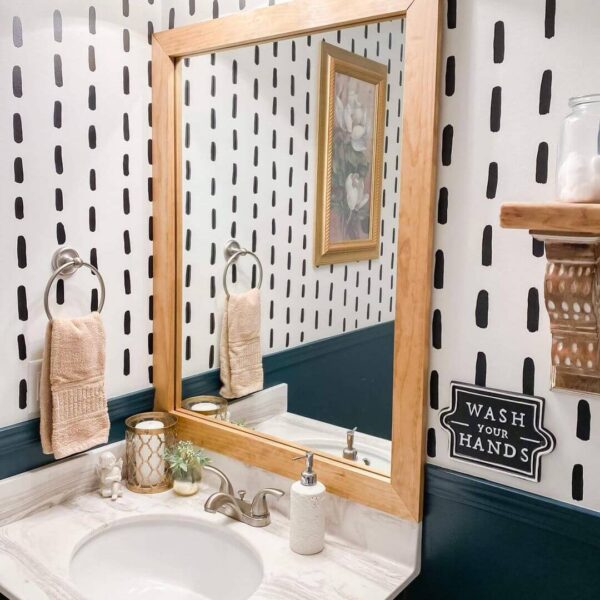
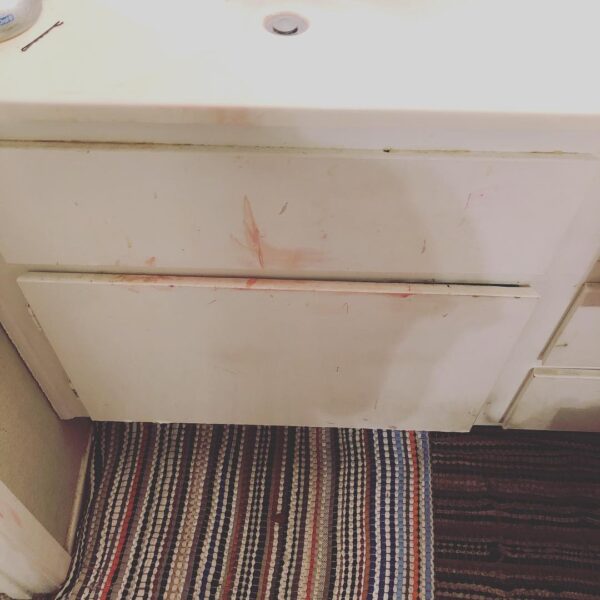



Leave a Comment